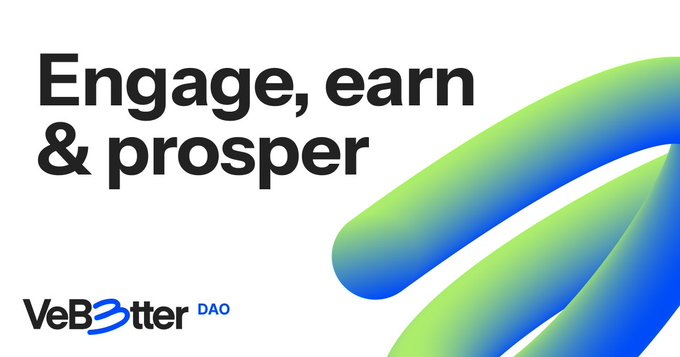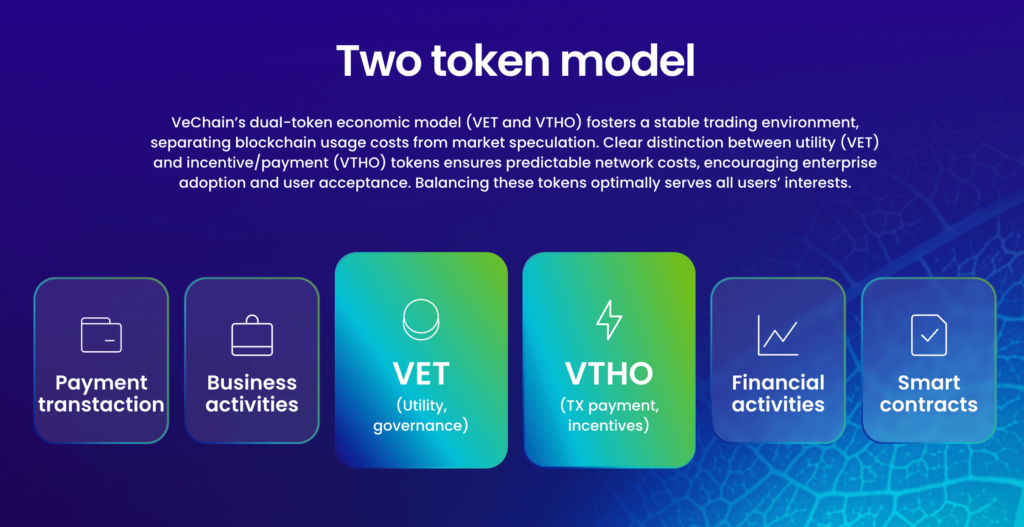Vechain vet
Collective Shift Analysis
To see Collective Shift’s analysis, sign up for our membership!
Vechain Summary
Vechain is the entity behind VechainThor, a layer-one blockchain targeted at enterprise use cases that launched in 2018. (The entity is formally known as Vechain Foundation San Marino S.r.l., and it was founded in 2015.)
The blockchain shares various architectural similarities with Ethereum. However, one critical point of differentiation relates to how VechainThor reaches consensus. It does so in a relatively centralised manner through a permissioned set of validators—referred to as Authority Masternodes (AMs)—in accordance with a consensus algorithm known as proof of authority (PoA).
As per the project’s documentation, “in VechainThor, each AM has to go through a strict know-your-customer (KYC) procedure and satisfy the minimum requirements set by the [Vechain] Foundation.”
This vetting process allows Vechain to control how many AMs validate and sign blocks on the VechainThor blockchain. As of Aug. 2024, VechainThor has 101 AMs, of which 99 are online, according to Vechain Stats. (For comparison, Ethereum currently has 1,535,176 validators, according to BeaconScan.)
Also, by capping the validator set, VechainThor—a public and permissioned blockchain—can handle significantly more transactions per second and offer extremely low fees compared to public and permissionless blockchains such as Bitcoin and Ethereum.
Sacrificing decentralisation is a non-starter for many. For enterprises, though, they generally aren’t concerned about this design trade-off. In fact, many likely prefer a KYC-verified validator set as it improves their ability to comply with regulations related to data protection, anti-money laundering and counter-terrorism.
For more on Vechain, this 72-page whitepaper, published in Mar. 2023 in collaboration with BCG, details the project’s vision, the technology underpinning VechainThor, and more.
Speaking of BCG, Vechain collaborated with them again in 2024 to launch VeBetterDAO, a platform that leverages blockchain-based incentives to allow sustainability apps to reward users. VeBetterDAO’s incentive token is B3TR and its governance token is VOT3. (See whitepaper for more.)

VET & VTHO Token Utility
VechainThor has two tokens: Vechain Token (VET) and VeThor Token (VTHO).
VET, the primary token, is used to pay for goods and services. Holders of VET can also generate the secondary token, VTHO, by holding any amount of VET in a compatible wallet. No lock-ups are involved. All AM operators must hold at least 25 million VET as collateral, as per VeChain’s documentation.
The total supply is 85,985,041,177 VET. Of this, 94.2% is in circulation (80,985,041,177 VET). As of Aug. 12, 2024, 1.3M unique addresses hold at least 1 VET, more than double what it was 12 months ago.
VTHO is used to pay gas fees on VechainThor. The supply of VTHO is unlimited. As of Aug. 12, 2024, there are 79.3 billion VTHO in circulation held by 2,124,847 unique addresses.
As mentioned, VTHO is generated by holding VET in a compatible wallet. The amount generated is proportional to the amount of VET held at a rate of 4.32 VTHO per 10 VET. To use VechainThor, users must buy VTHO or buy VET to generate VTHO.
